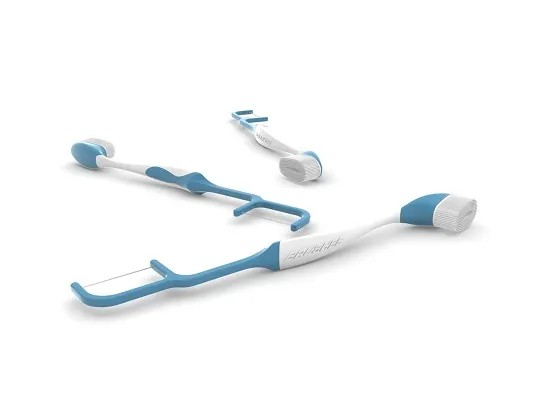Clear aligners can be highly effective at resolving various types of bite issues such as:
Overbite – when upper teeth excessively overlap lower teeth. Aligners gradually intrude and straighten upper front teeth to reduce overbite.
Underbite – when lower teeth sit in front of upper teeth. Aligners reposition the lower jaw and align lower teeth into proper position.
Crossbite – when upper and lower teeth are misaligned side-to-side. Rotation attachments help aligners shift teeth into corrected alignment.
Open bite – when front upper and lower teeth don’t overlap and leave a gap when biting. Aligners close open bites through controlled tooth intrusion and torque.
Is there a payment plan option for clear aligners?
However, aligners may work best alongside other appliances for more severe bite issues:
- Elastics – Rubber bands attached to aligners provide additional force for major bite shifts.
- Buttons and Power Ridges – Bonded attachments give aligners improved grip on teeth to better adjust bite.
- TADs – Temporary anchorage devices help aligners reposition the jaw in substantial underbite cases.
With strategic treatment planning and the right supplemental tools, your orthodontist can formulate an effective clear aligner plan to straighten even the most complex bites.



